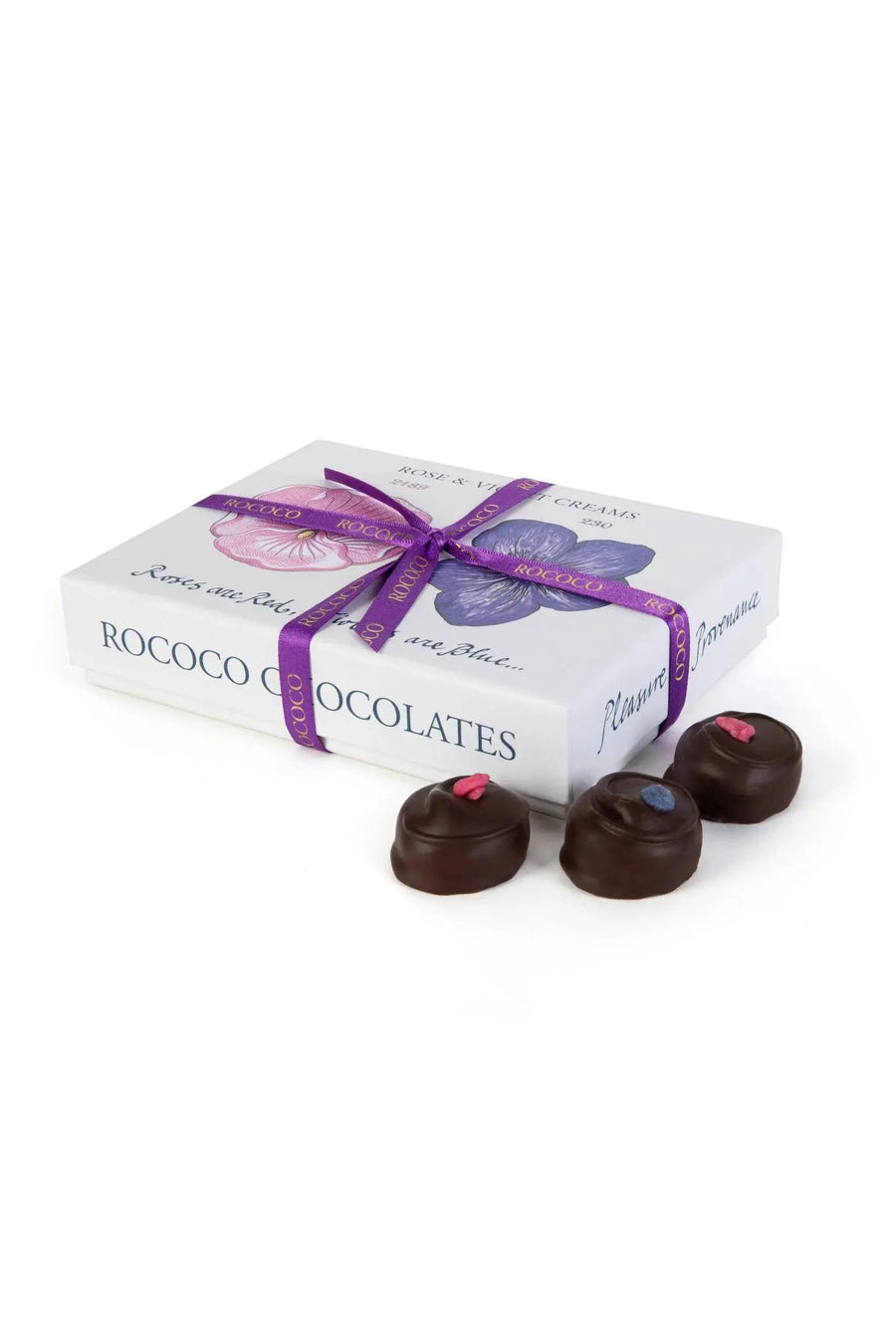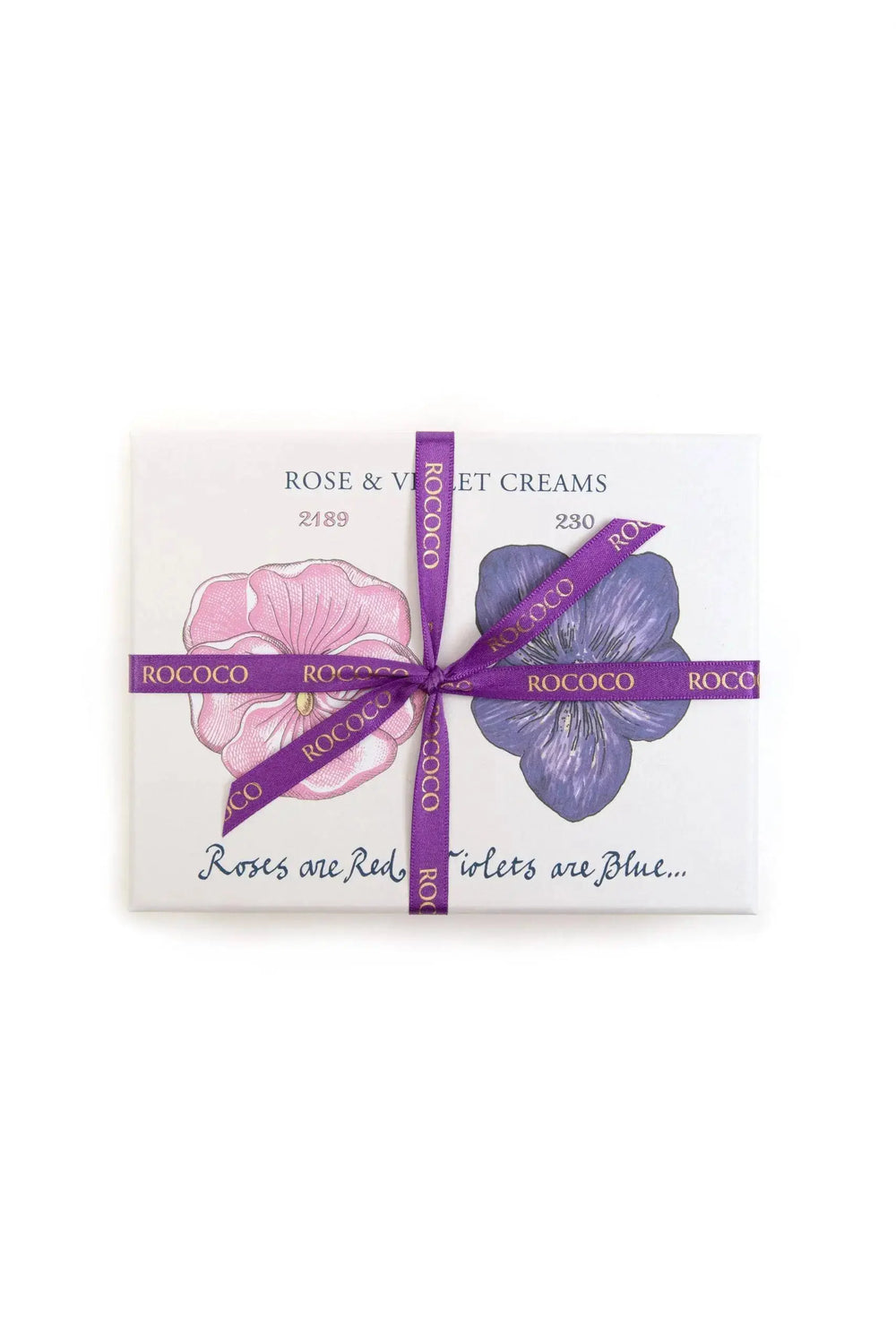How to Store Chocolate
Now, we have to admit that we don’t often think about storing chocolate because, well, it gets eaten fairly quickly. Perhaps you’ve just bought a selection of exciting chocolates or have had a tasting evening with friends though, or perhaps you’re just the kind of person who leaves bars half-finished for months. Whatever the situation, there’s nothing more disappointing than discovering that your much-anticipated treat has turned rancid.
Confectionery chocolate bars (the cheap commercial bars) often contain extra stabilising ingredients, but fine chocolate requires a little respect and care to maximise its shelf-life and quality. If mass commercial chocolate is easy-iron wash at 60 degrees, fine chocolate is more hand-wash in cold water.
The main enemies of chocolate are:
- Heat, sunlight and large swings in temperature;
- Moisture;
- Strong odours.
Temperature
The ideal place to keep chocolate is in a dark, cool room, around 16-18 degrees Celsius. In fact, a wine cellar would be perfect. Don’t have a wine cellar? A cool pantry would work well ,or your kitchen cupboard will do.
Heat is more of an issue than cold, and certain flavours will deteriorate faster in warm conditions. While your chocolate won’t self-destruct if the temperature reaches 19 degrees, aim to keep it under 22 degrees.
You know, just in case…
Tempered chocolate holds fat and sugar crystals in a very delicate balance, and storing chocolate at too hot or cold a temperature can cause blooming. This is when fat rises to the surface, giving the chocolate a white sheen and in severe cases a crumbly texture. Fast swings in temperature are even more damaging, which is why sunlight is particularly bad for chocolate. Never, never leave chocolate in the sun. This also means that if you insist upon keeping your chocolate in the fridge, let it come back to room temperature gradually and try not to bring more than you need at once out into a warm room.
If you do have bloomed chocolate, in most cases you can still melt it down to use in cooking, so you don’t have to throw it away if it looks a bit funny.
Moisture
In particularly humid conditions water can condense on chocolate and cause dull patches (sugar bloom). Aside from the cold and temperature swings, one of the reasons the fridge isn’t great for chocolate is the humidity level. If you keep chocolate in the fridge, wrap it tightly and don’t unwrap it until it reaches room temperature.
If you want to freeze chocolate, follow the same rules about wrapping it tightly, but put it in the fridge for 24 hours before freezing and always defrost it in the fridge to bring the temperature back up gradually.
Odours
Chocolate absorbs odours very easily, so don’t keep it in the cupboard next to your garlic or you may find it has a little extra taste! Wrapping bars well and storing them in an airtight box or in separate freezer bags will help protect them.
Some flavours are more pervasive than others: if you sniff an unopened bar of mint chocolate you will probably be able to detect a hint of mint even through the wrapping, so keep strong flavours in separate boxes (or at least on another shelf).
–
Of course, the amount of care you’ll want to take will depend on what your needs are and the chocolate you’re buying. For most situations, pop it in a cool, dark cupboard/pantry in something airtight away from strong flavours, and your chocolate will be perfectly happy.
These guidelines are primarily for bars. If you’re buying fresh ganaches or caramels they will only last a couple of weeks, and the fresher they are when you eat them the better. Oh, what a shame…



